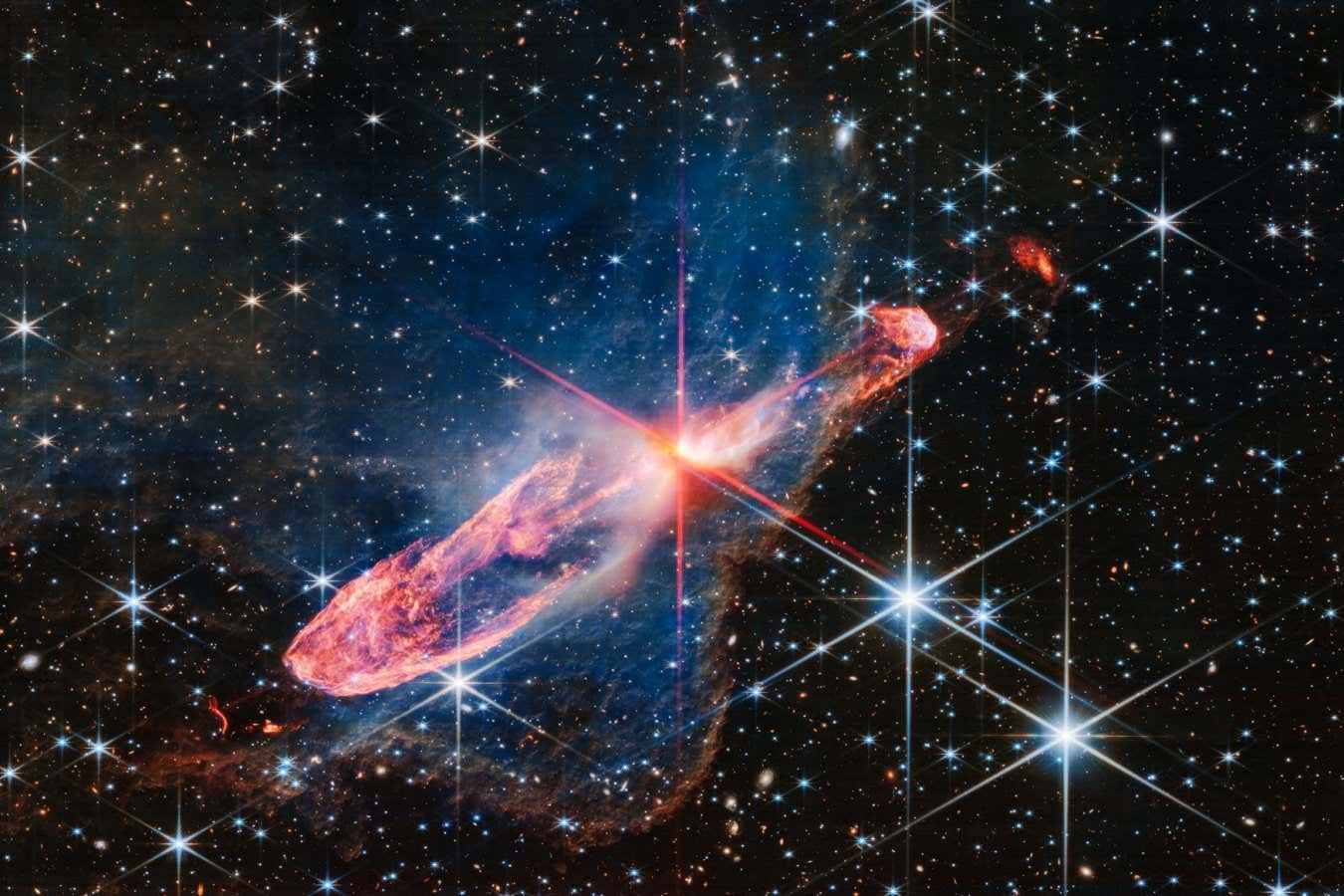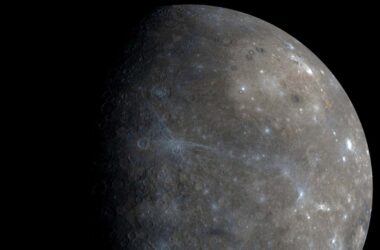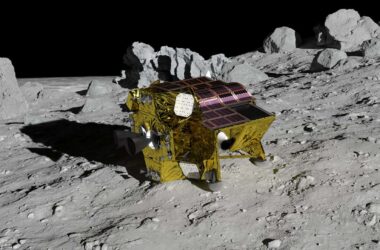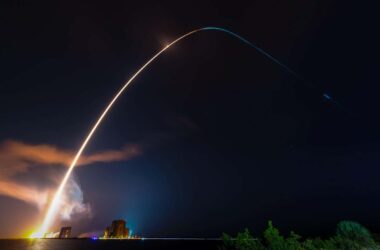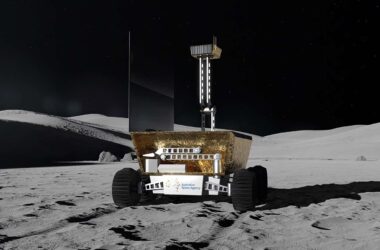The James Webb Space Telescope (JWST) is getting closer to capturing images of the cosmic dawn, the time when the first stars and galaxies formed. According to astrophysicist Richard Ellis at University College London, the JWST has made significant progress in the past 12 months due to its powerful capabilities. Ellis spoke about the latest findings from JWST at New Scientist Live and mentioned that the telescope has been operational since 2022 and continues to produce new science rapidly.
One of the most impressive results from JWST observations is the discovery of the most distant galaxies visible, which existed just a few hundred million years after the universe began. These galaxies appear to be brighter and fewer in number compared to the standard cosmology model predicts. Ellis explains that these galaxies are systematically brighter by factors of three to five, indicating a difference in the earlier galaxies compared to those observed later in the universe’s timeline. Possible explanations for this difference include early stars being more massive and emitting more light or early galaxies forming stars more quickly than expected.
The findings suggest that the standard cosmology model may need to be adjusted, but it remains fundamentally correct. Ellis emphasizes that this does not indicate a cosmological crisis or a rejection of the big bang theory. The chemical composition of these galaxies also provides insights into the cosmic dawn. The earliest stars should primarily consist of hydrogen and helium, with heavier elements produced later in their lives. By observing the abundance of oxygen, carbon, and nitrogen compared to the Sun, scientists can determine the pristine state of these galaxies and how they evolve over time.
Observing early stars in their immaculate state is crucial, as they can rapidly pollute nearby stars with heavier elements. To identify this pristine window, scientists will systematically measure a large sample of galaxies and analyze their chemical make-up using JWST. Although it will require significant observation time, researchers anticipate obtaining results in the next few years.




